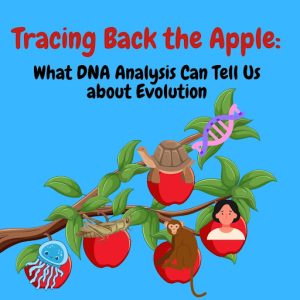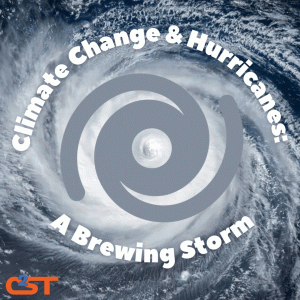All Aboard the Electric School Bus: Getting to School the Green Way
By Zyara Morton, C2ST Intern, University of Illinois Urbana-Champaign
Many feelings of nostalgia can arise when one thinks about their time in elementary through high school. For me, one of the most crucial aspects was going to the end of my street at 6:15 AM on the dot every morning for that familiar, bright yellow bus. School buses have been an integral part of U.S. school systems for decades, providing millions of children with reliable transportation every day. However, between the global climate crisis and public health concerns, individuals are becoming more interested in how transportation can be made more sustainable. School buses are at the forefront of this conversation, and there is a new method to help students get to school the green way: going electric.





